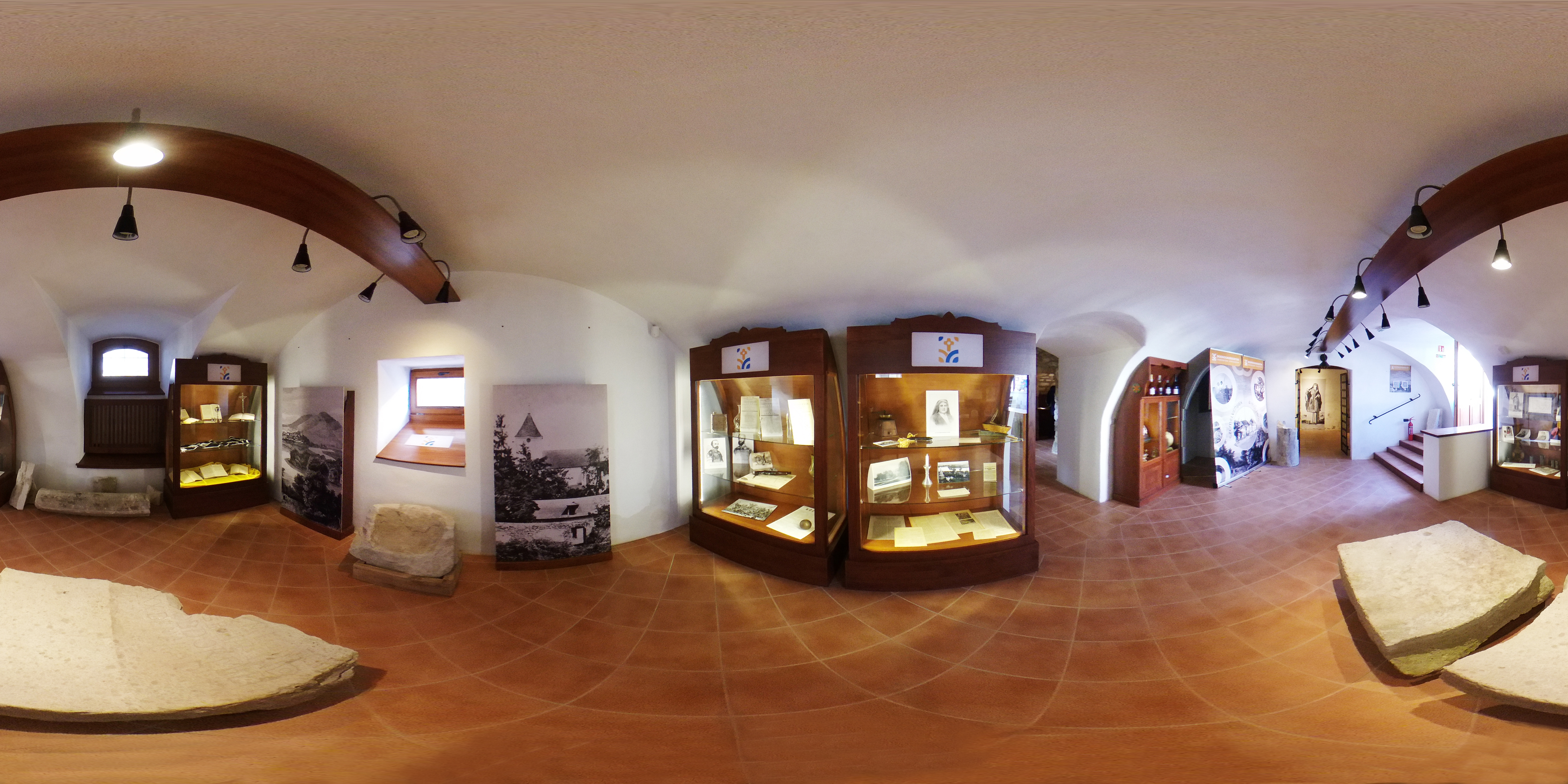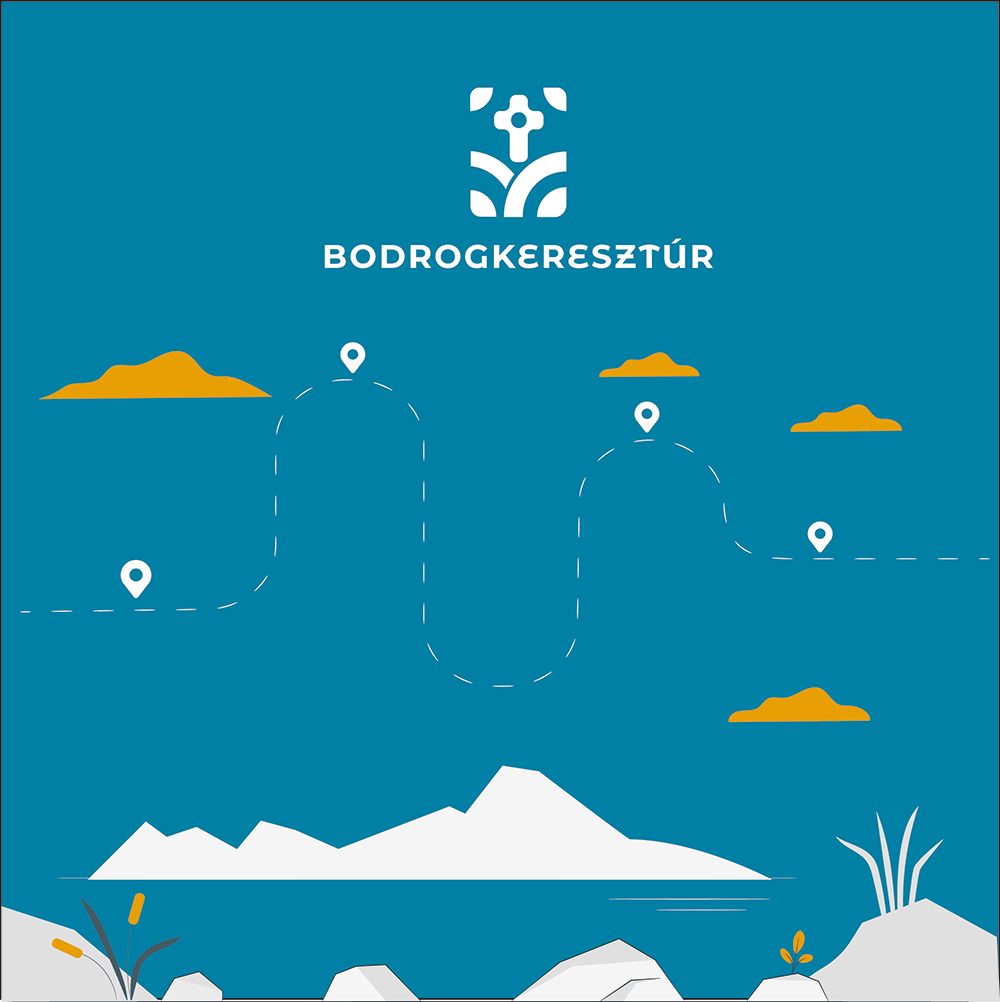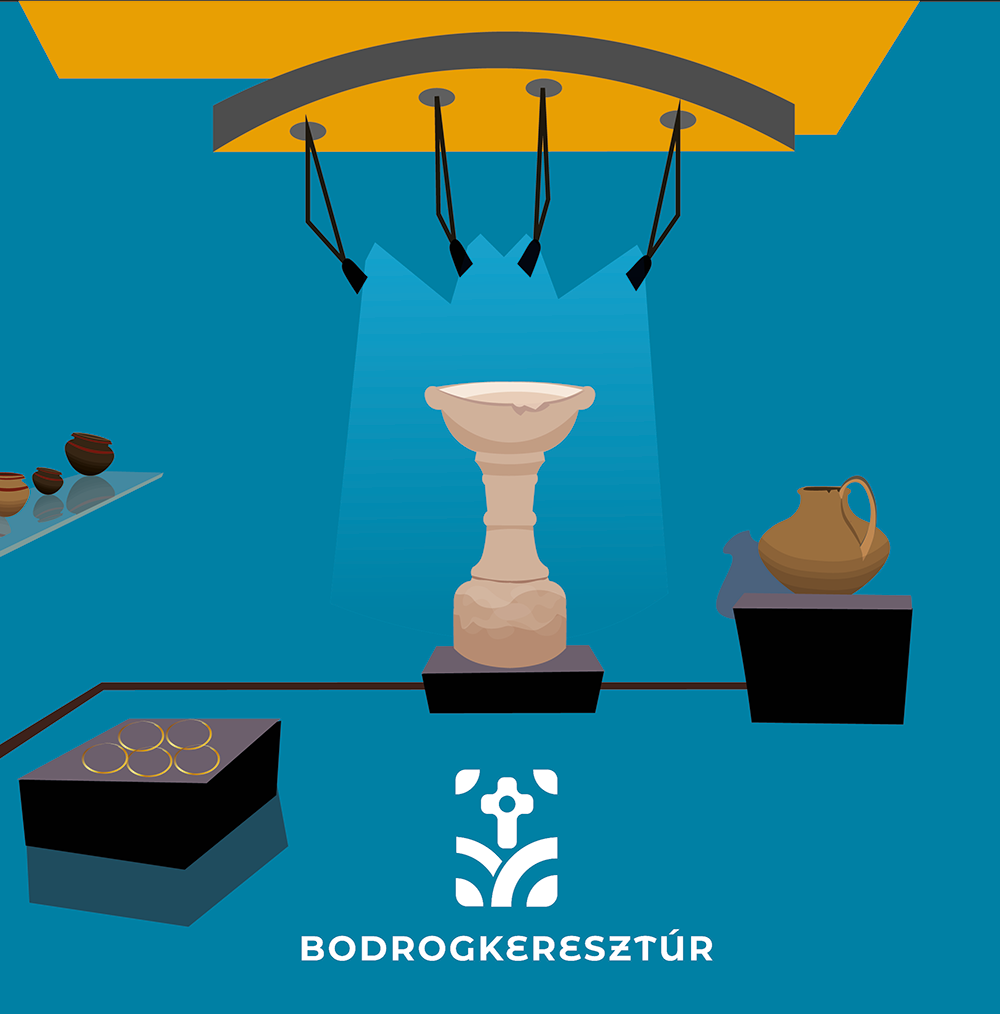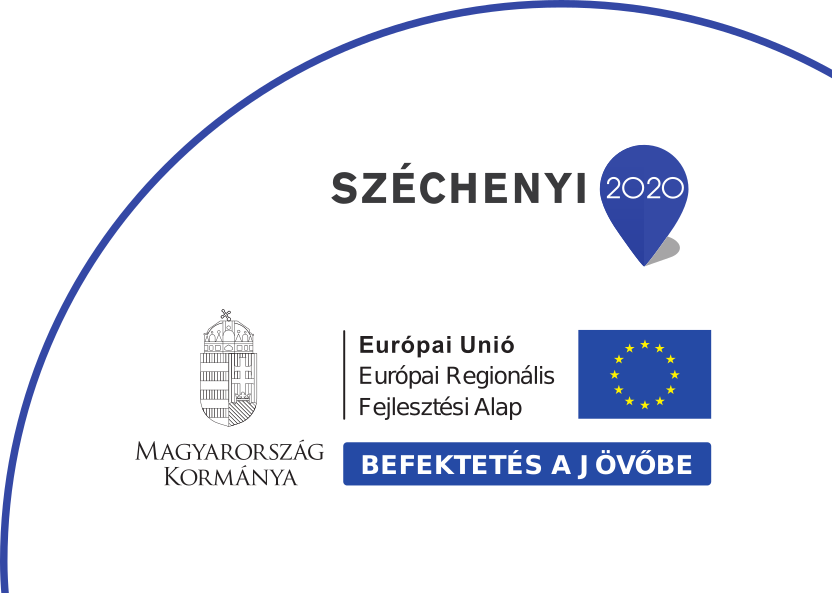Exhibition room: History of the settlement - The beginnings

The beginnings
Welcome to the Keresztúr Treasure Trove! Our exhibition tells the story of the Christian town of Bodrogkeresztúr dating back more than 800 years. It takes you into the world of local myths and the hearths of the prehistoric people who once lived here.
When the excavation of the Roman Catholic church started in 2017, no one expected that archaeological findings would soon provide evidence for earlier assumptions about the founding of the settlement. The church's masonry conceals a stone cross, probably from the Holy Land, which seems to confirm the assumption that the name of the settlement is linked to the Crusaders named after St John, who were called Crusader Lords (Crusader ~ keresztes, lord ~ úr; hence the name of the settlement). They also found the medieval stone baptismal font of the church and the gravestones of the founders of the church/settlement. These are material documents of the beginning and the end, and of continuity, which can be admired today in the Treasury of Keresztúr, and which not only evoke the world of Bodrogkeresztúr 800 years ago, but also ensure continuity between the past and the present. The remains of the pillars uncovered during the excavations are not just stones either, as they show the stability of the Christian faith of the settlement, which dates back to more than 800 years. The storms of the centuries have often torn Bodrogkeresztúr apart, but the local community has always emerged from these hardships with renewed strength.
The church, which is a symbol of Bodrogkeresztúr's 800 years of history, is open to the public - and at the end of the Treasure Trove tour, you can take a virtual tour, as well.
The name of Bodrogkeresztúr first appears in a document from 1239, which also mentions the Bodrogkeresztúr castle built on Castle Hill. Today the hill belongs to Szegi, but there is no trace of the castle anymore. However, the fact that the ruins have been a constant preoccupation of the inhabitants over the centuries is best illustrated by the many legends and tales associated with the castle. According to one of them, the evil lord of the castle wanted to ignore his youngest son, so he took his treasures to the tunnel under the castle. She and her older son were taking stock of the treasures when the younger one found them. They were frightened and started chasing the smaller boy, who fled up the hill. When he got out of the castle, the gods took pity on him and sank his father, his brother and their treasures into the ground. The treasure has not been found since.
The settlement has been part of the Tokaj castle manor since 1411, and the former treasure cellar of the Hungarian King Sigismund of Luxembourg can still be visited in the settlement. In the 1400s, the lords of the settlement included many of the nobles of Hungary.
Bodrogkeresztúr, the field town
The Urbariums of 1517 and 1520 already mention Bodrogkeresztúr as a small market-town, with a population exceeding that of Tokaj - but at the same time the population was constantly exposed to the Turkish-Austrian-Hungarian struggles. For example, the census of 1567 lists the town as a place destroyed by the Turks, and we know that in 1604 the entire population had to hide from Austrian soldiers. On the latter occasion, the town's code of law disappeared, which was redrafted in 1607 by the town council as a memento.
The town also had the right of pallos in the 17th century, but never once did the municipality make use of it.
Bodrogkeresztúr has long been famous for its national fairs. The four national fairs of the town were held on the days of Matthias, the Holy Trinity, Bartholomew and Catherine, and usually lasted 8-10 days, sometimes even 14. Merchants from Venice, Vienna, Prague, Warsaw, Lemberg, Kiev and Constantinople had permanent warehouses in the village to serve the trade fairs. In the first half of the 18th century, Jewish merchants from Pest also regularly attended the fairs. At the same time, the municipality had the right to hold markets several days a week.
With the development of the towns in the area, the fairs' reputation slowly declined, but even in the first half of the 20th century, this was still the biggest fair in the whole region.
The fact that the national trade route from Debrecen - Tokaj - Kassa passed through Bodrogkeresztúr was also suitable for fairs and markets. This is linked to the tradition that the Lebuj road bend area between Bodrogkeresztúr and Tokaj was the camp of the bandits who attacked merchants transporting their goods.
From Bodrogkeresztúr to the Princely Court - Pál Bíró Keresztúri
From the second half of the 1500s Bodrogkeresztúr was a Calvinist settlement. Pál Bíró Keresztúri, one of the most important teachers of the first half of the 1600s was born and raised here. He taught as the rector of Bodrogkeresztúr from 1622 until he was called to study abroad. In 1634 he was the tutor of György Rákóczi I's sons in the court school (schola aulica) established by the prince, where the Rákóczi boys studied together with the Transylvanian nobility of the same age. Later, under the principality of György Rákóczi II, he also taught Miklós Bethlen, among others, as a teacher at the court school in Gyulafehérvár. Bethlen, in his autobiography, described Pál Bíró Keresztúri's pedagogical methods as generally characterized by gentleness, avoiding corporal punishment as much as possible and using positive motivation. In his teaching practice, fun, humour and play were cherished, which were absent or only a small part of education at that time, and he was particularly keen to promote experiential learning. As a theologian, he was an advocate of Puritanism.
Find out more about the fairs in Tokaj-Hegyalja in our short film!
Routes with audioguide
Show all


